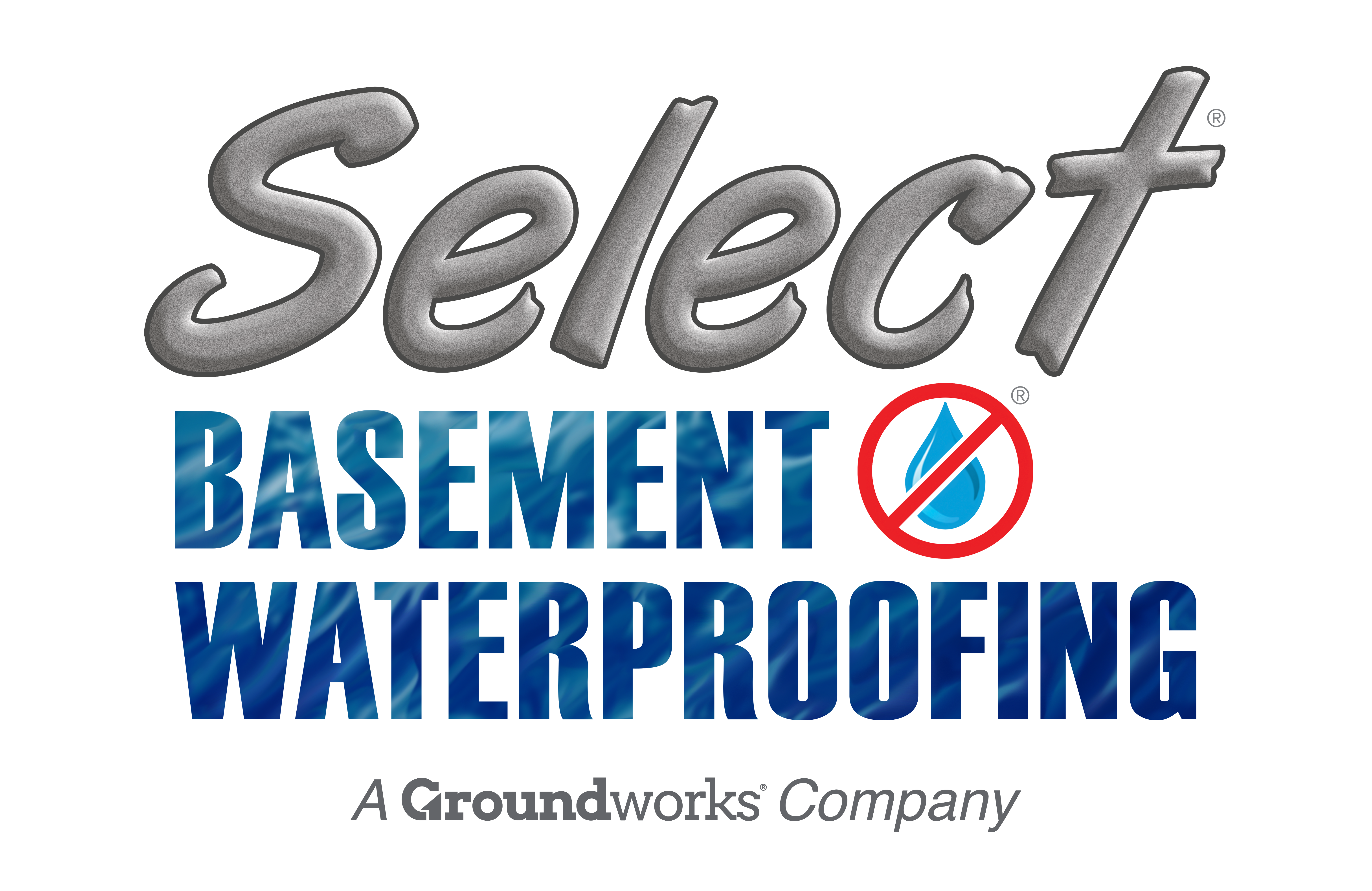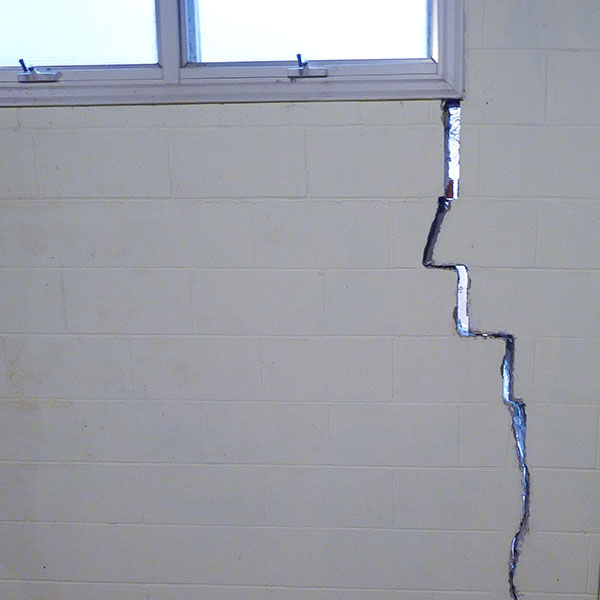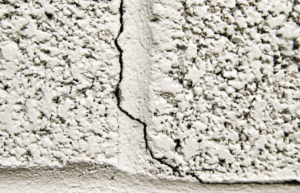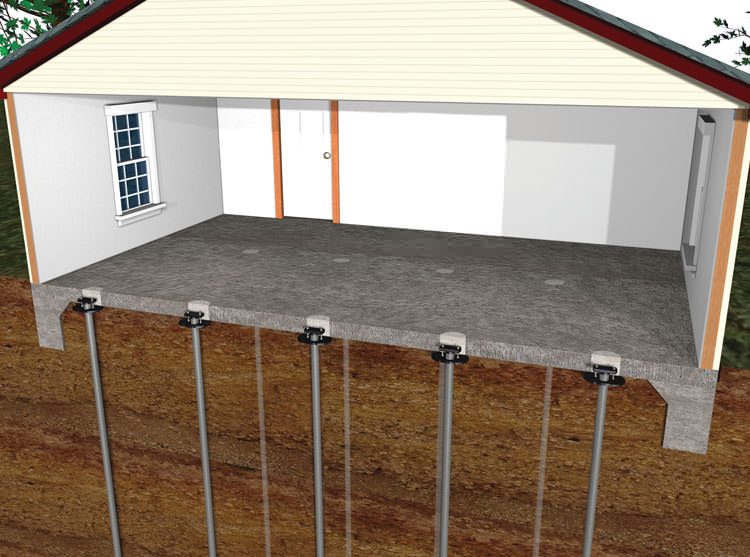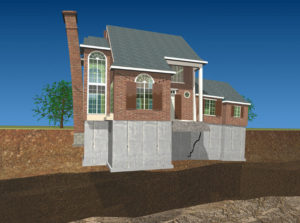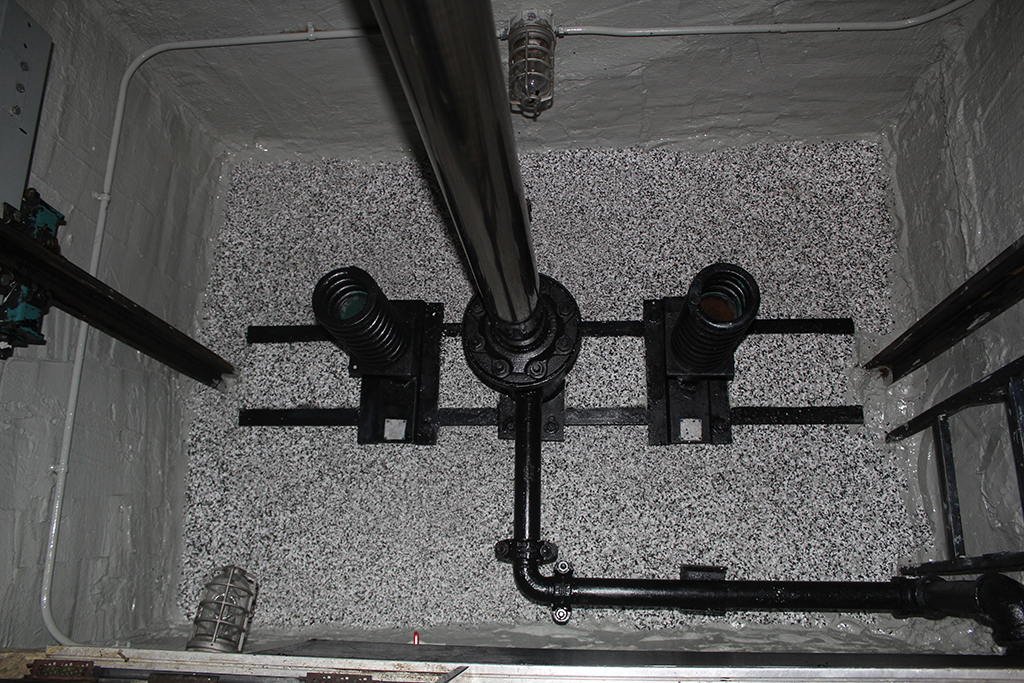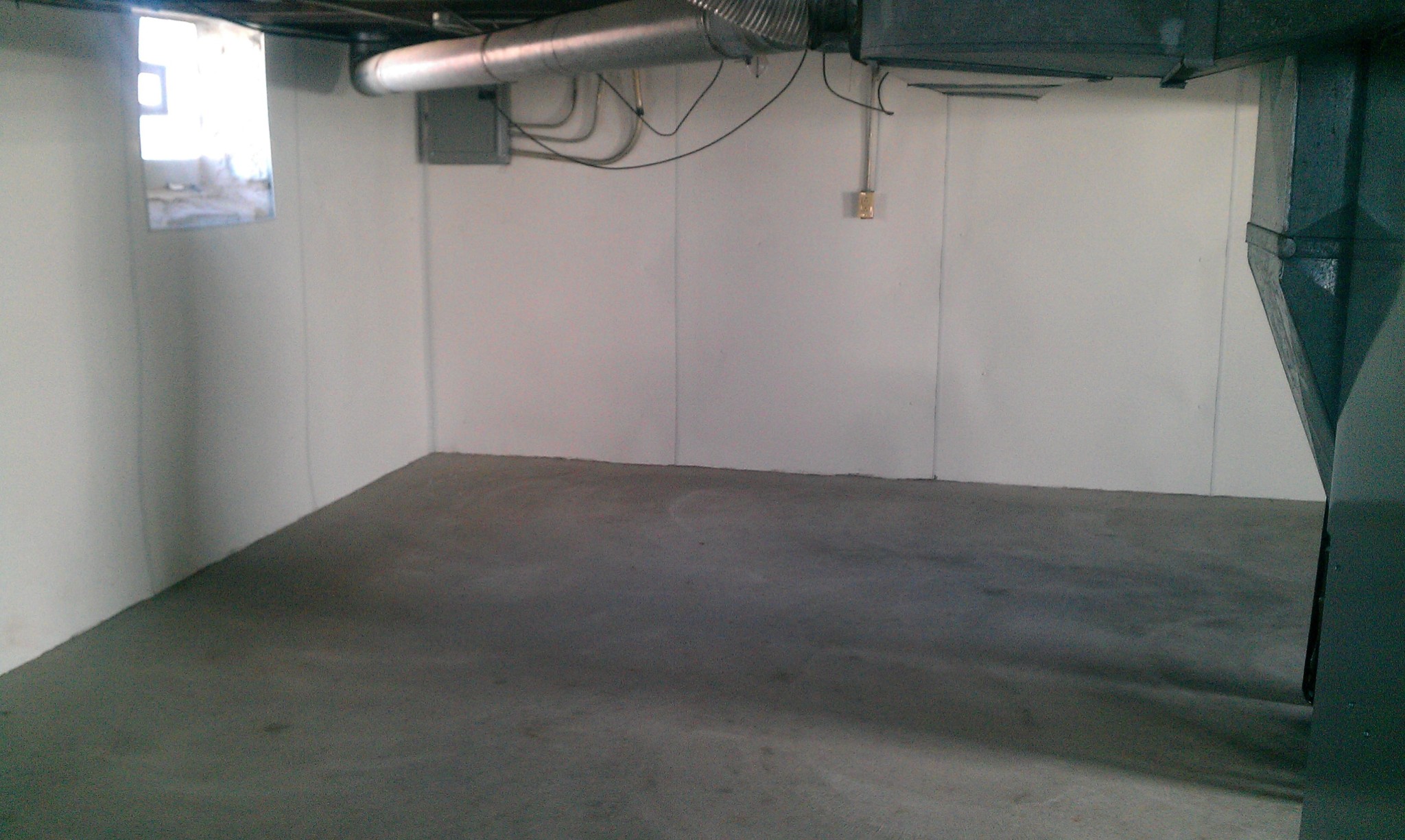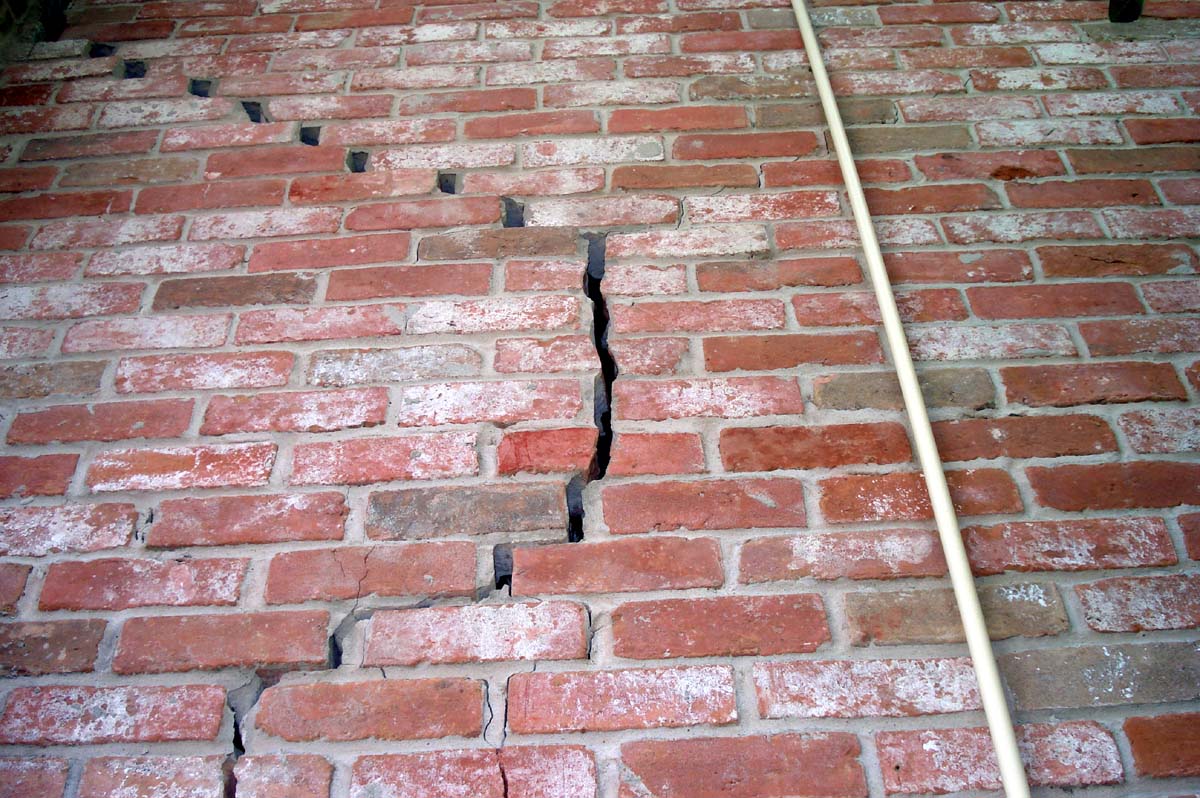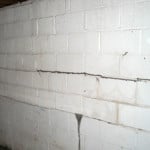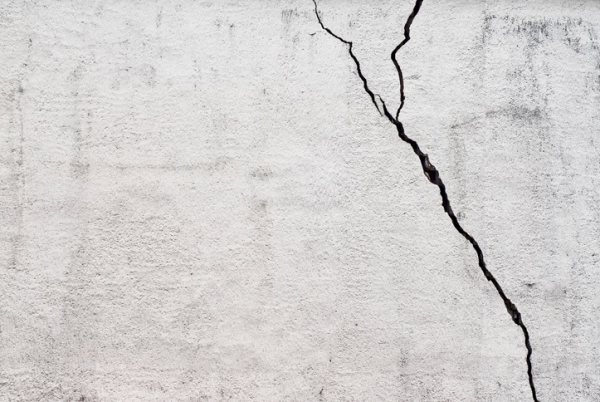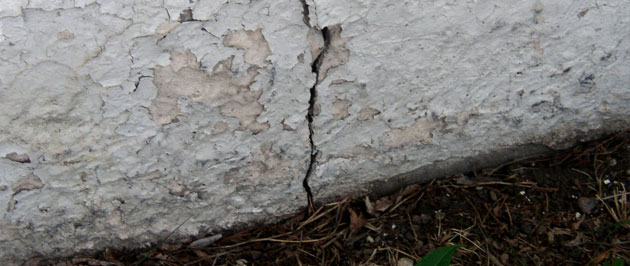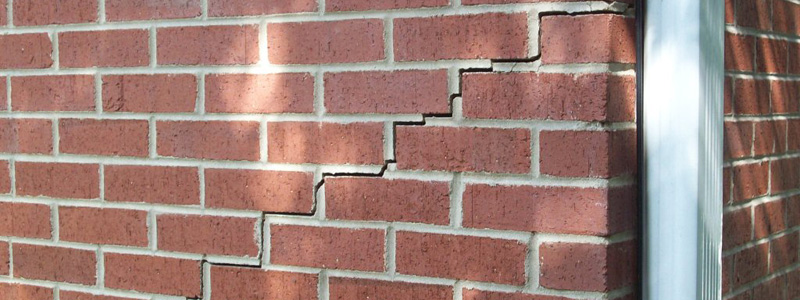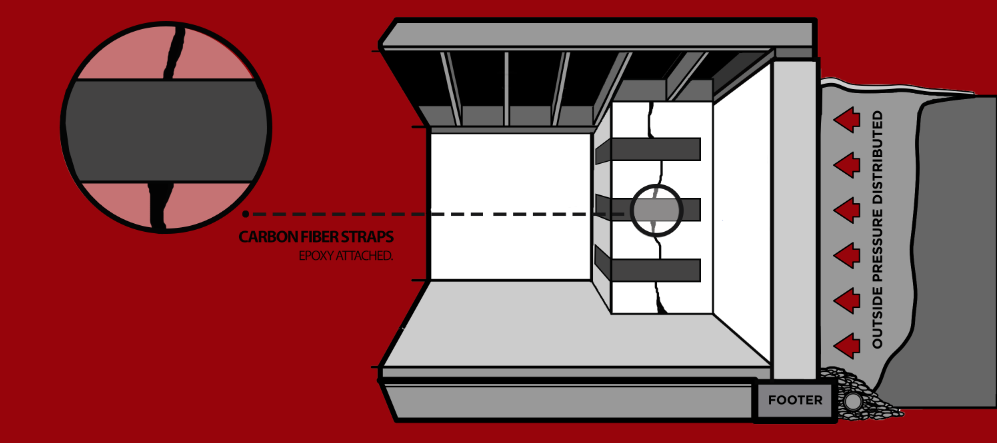Restoring Your Home After Foundation Repair
Finding signs of foundation problems can be alarming for any homeowner. It can be even more distressing when you realize that the foundation repair solution will result in even more damage to your home. It may require the excavation of your landscape for example, or even the tearing down of your drywall.
As a homeowner, it’s important to understand that repairing our foundation is an investment in the longevity of your home. The repair solution may put an end to many of the structural problems you’re currently experiencing. It is therefore best to go all out and have every issue with your foundation seen to rather than have a temporary solution applied.
Following the repair of your foundation, you may be wondering how soon you can restore normalcy to your home. Before you attempt to have new drywall installed, it is important to understand that foundation repair can impact your home. You may notice some changes in how your doors fit or windows close. You may even notice some cracks in the walls.
For best results with your restoration, apply the tips below:
- Clean up
Clean up debris and remove anything from the property that may be a health hazard. Make note of anything that you need to repair or update. This will help you better plan for your repairs.
- Give it some time
Do not rush into restoring normalcy in your home. Give your home time to adjust to its new state. Your home may need to settle into a new position for example. This may result in cracking of drywall if you rush to install it right after foundation repair.
As a rule of thumb, wait for at least six months before attempting any cosmetic repairs. This will give your home enough time to adjust. It will also give you enough time to observe for any further need for repair.
- Have the foundation inspected
It is a good idea to have your foundation inspected once again after the repair. This ensures that anything that may have been overlooked can be identified and repaired. It also gives you the opportunity to spot any problems that may have developed as a result of the repair and fix them.
It is best to consult with a professional foundation repair contractor about how soon you can embark on the cosmetic repair of your home. This will ensure that you get great results.
